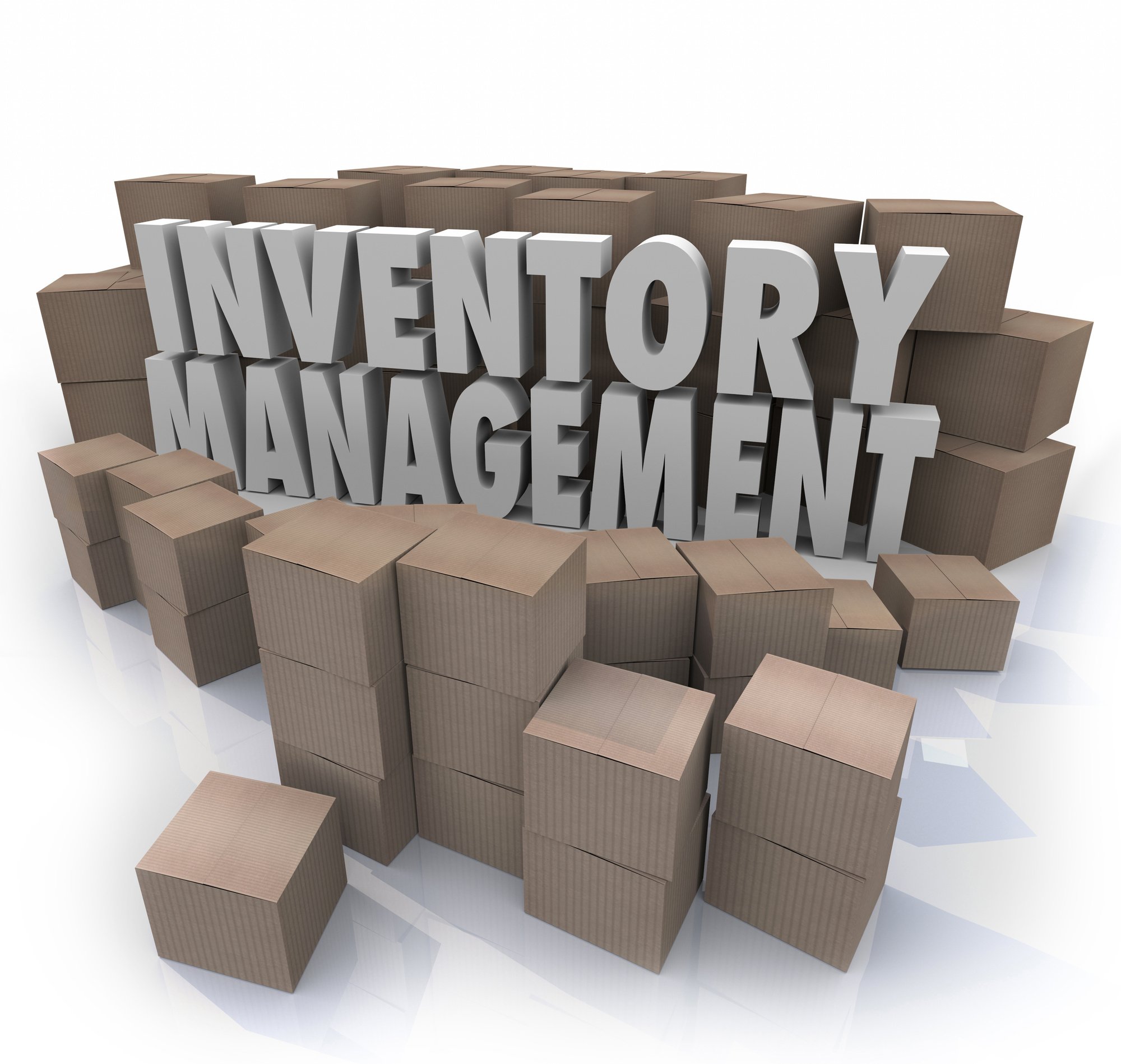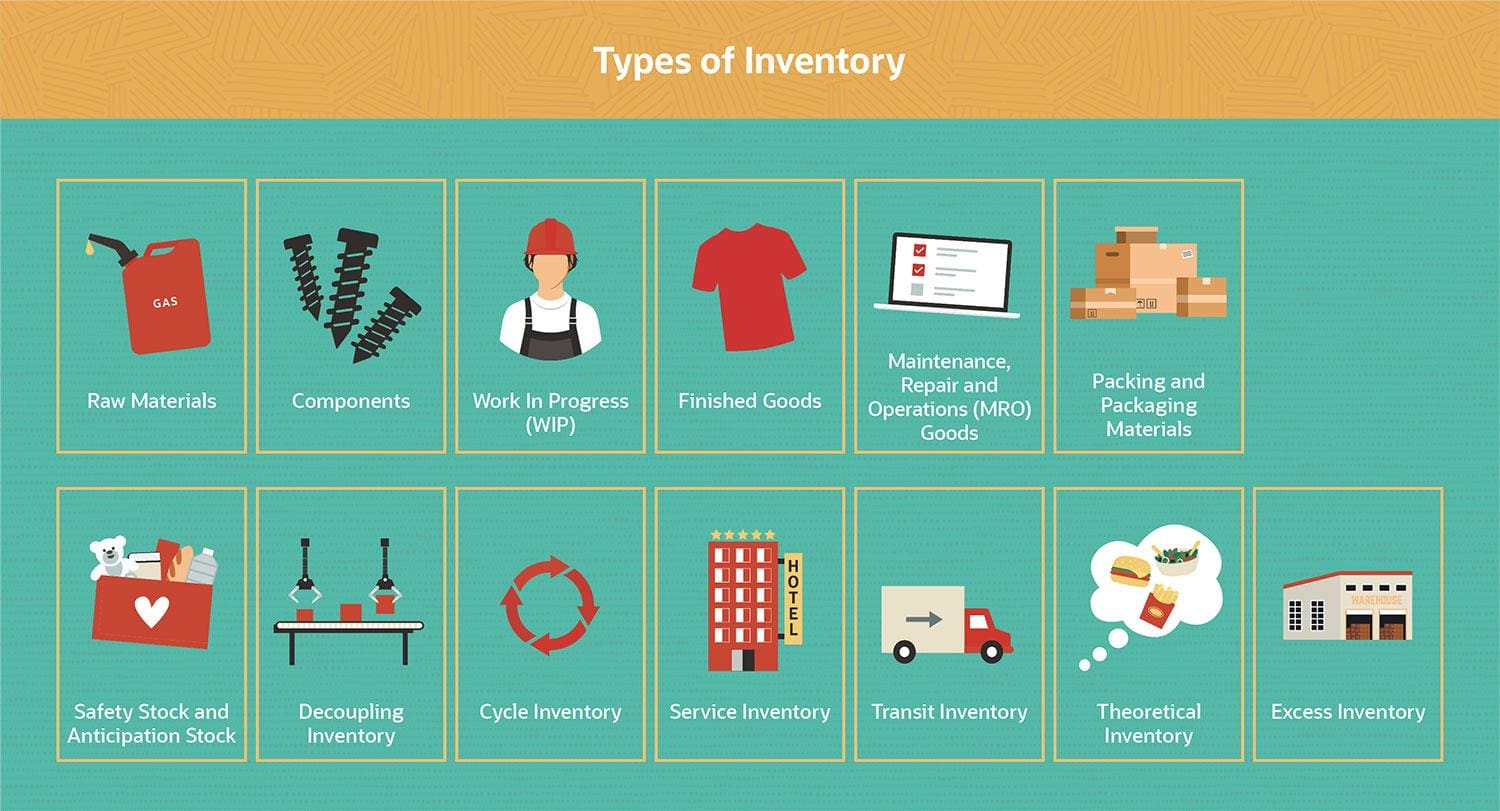Operating a small business comes with 1,000,000 little selections. If you’ve ever stared at a receipt and thought, “Where the heck does this go? Suppose a company bought a building for $2 million, and the expected helpful life is forty years.
First In, First Out Technique (fifo)
Liquidity ratios like the present ratio and quick ratio additionally consider inventory values when assessing a company’s capability to fulfill short-term obligations. In this article, we will answer some of the most common questions about inventory, and the type of asset it is. Think of expenses like your daily coffee habit, regular, needed, and gone as quickly as it’s used. Get instant access to video lessons taught by skilled investment bankers. Learn monetary assertion modeling, DCF, M&A, LBO, Comps and Excel shortcuts. Our in style accounting course is designed for these with no accounting background or these looking for a refresher.

The prices of purchase, in addition to the worth paid, are decreased by commerce discounts, rebates, and similar items. In essence, understanding these challenges isn’t only for financial specialists. It’s the key to mastering the art of managing your business’s financial performance. After all, in the world of business, success lies in navigating these challenges to create a harmonious and profitable symphony of belongings, bills, and income. Sadly beneath the cash basis (as the IRS defines it) a listing buy would not be an expense.
There are accounting tips to make it easier on small businesses. As you grow, you can use software and apps to do plenty of the time-consuming jobs, and quantity crunching. You could simply order what you want, precisely whenever you want it.
Retailer With Stock; When I Buy Stock Ought To This Be An Expense?

Or do I still want some type of system to prove when things were « used/consumed » for tax purposes? My enterprise is way smaller than $26M but I’ve been killing myself with detailed inventory monitoring as a end result of my previous accountant insisted on it. One alternative is to report your inventory as an asset whenever you buy it, and only document the fee (along with the income) whenever you sell it. These excluded costs are treated as expenses and recognized on the income statement through the interval by which they are incurred. Stock is an asset as a outcome of it represents items which would possibly be held for sale within the odd course of enterprise, with the expectation of generating revenue.
Stocktaking is used to double-check the numbers in your monetary information. You do that by physically counting every item of inventory in your possession. For each product line, you possibly can merely use the average cost per item.
- Our in style accounting course is designed for those with no accounting background or these seeking a refresher.
- On a money basis, in a Profit and Loss report, expenses are recognized after they’re paid, not when the stock is offered.
- Stock qualifies as an asset as a outcome of it represents a probable future financial benefit that can flow to the enterprise.
- Right Here at WSI, we provide warehousing and distribution providers as part of our 3PL logistics as we put money into the most recent inventory management methods and instruments.
- This guide unpacks why stock is an asset in your stability sheet, when it converts to an expense, and the way proper classification impacts your backside line.

A cost of products offered is an expense, so, the purchase of a great would be usually trading some form of cash for an asset. The cash conversion cycle measures how quickly a enterprise converts investments in inventory into money flows, combining DIO with accounts receivable and payable durations. It’s important to notice that stock is an asset or legal responsibility depending on how effectively it’s managed. Whereas correctly managed inventory that sells rapidly is a useful asset, excessive or slow-moving inventory can incur storage prices and tie up capital. Understanding this relationship is crucial for small and medium-sized businesses. Your inventory represents capital that’s quickly tied up but will convert to money once bought.
The remaining inventory is valued at the older, lower prices, which finally ends up in a decrease stock value on the steadiness sheets beneath inflationary circumstances. In a period of rising costs, FIFO will result in a lower value of products https://www.simple-accounting.org/ offered (COGS) on the revenue assertion as a outcome of it allocates the older, cheaper stock costs first. Consequently, this leads to the next gross revenue and probably larger internet income.

Yes, stock is always classified as an asset on monetary statements, but its worth can change primarily based on market conditions or physical deterioration. When stock turns into broken, out of date, or unlikely to sell at cost, companies must reduce its carrying value by way of inventory reserve accounts or write-downs. Even with these changes, stock stays an asset—just at a lowered worth.
This method smooths out value fluctuations because it’s based mostly on the average value. This means that the stock value is much less sensitive to short-term price adjustments in comparability with FIFO and LIFO. Throughout durations of inflation, the weighted common cost will sometimes be decrease than the newest buy worth but greater than the oldest costs in stock. This ends in a average influence on the COGS and gross revenue. This article delves into why stock is taken into account an asset, its influence on your small business’s monetary statements, and best practices for effective inventory management.
